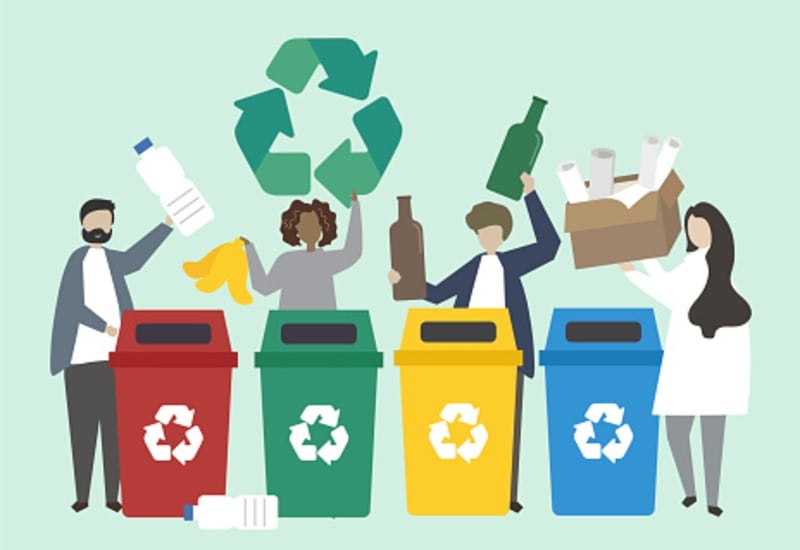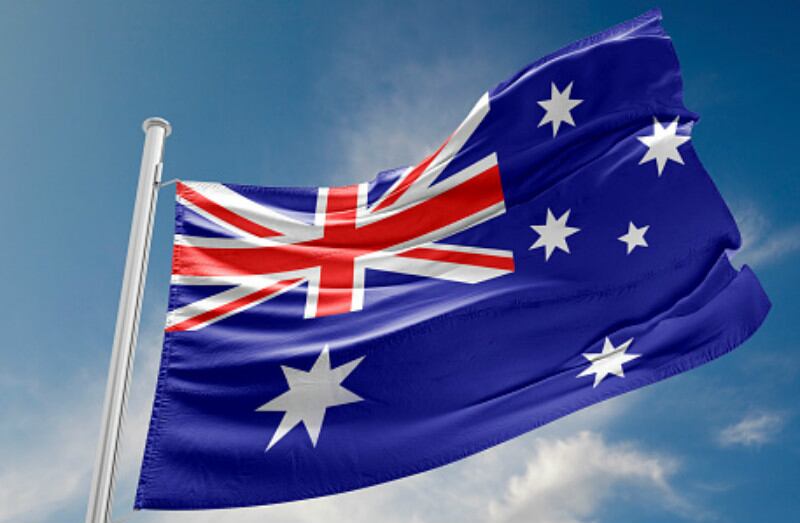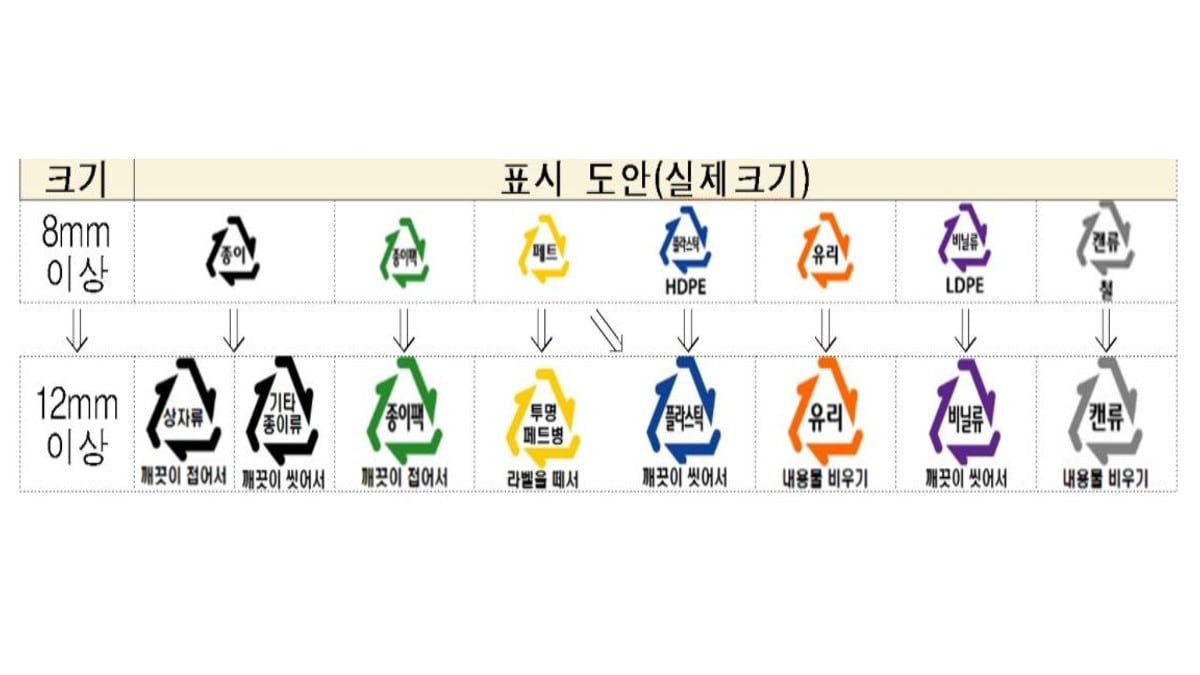This was the opinion of guests at the Australian Institute of Packaging (AIP)-hosted panel session during the recent Australasian Waste and Recycling Expo (AWRE) 2020 virtual event discussing how to maintain a balance between Australia’s 2025 National Packaging Targets and 2030 Food Waste Strategy.
The panel comprised of AIP Executive Director Nerida Kelton MAIP, food packaging firm Sealed Air Regional Director Sustainability APAC Alan Adams, adhesive and value-added packaging firm Result Group General Manager Michael Dossor, and bioplastics specialist firm Plantic Technologies General Manager Warwick Armstrong. The session was hosted by AIP Education Coordinator Ralph Moyle.
Australia’s 2025 National Packaging Targets include shifts to 100% reusable, recyclable or compostable packaging; 70% plastic packaging to be recycled/composted; 50% of recycled content in packaging; and phasing out problematic/unnecessary single-use plastics.
On the other hand, the 2030 Food Waste Strategy aims to cut Australia’s food waste by half by 2030.
In his opening session, Moyle stressed that the primary function of packaging is to protect both the food it contains and the consumers consuming said food, so there are multiple challenges to carefully consider with regard to both targets but also many opportunities to improve current recycling processes.
“There’s really a balance that needs to be maintained between achieving the packaging and food waste targets – both are being pushed by the government, so both need to be considered and we need to somehow keep everyone happy,” he said.
“That said, it must not be forgotten that packaging is designed to ensure a product is contained, preserved and protected all the way through the supply chain, as well as ensure the health and safety of the product and consumers.
“The last I checked we’re only at about 18% of the 70% plastic recycling target – that’s a long way to go. But there are so many areas of opportunity that can be maximised, for instance some 5.4 million tonnes of packaging is found on the market, but only about half makes it through to recycling.
“From the time that this 5.4 million tonnes is put out there, some 12% is gone right off the bat as it is not designed to be recyclable, then 32% is simply not collected for recycling and goes off as trash, then another 18% is lost in the recovery process – that’s a lot lost along the way, and a lot of opportunity to improve.”
Adams stressed that it is necessary for a balanced view to be considered, in addition to being realistic about current conditions.
“The first functional rule of a packaging that needs to be remembered is that it needs to do the job it has been designed for,” he said.
“Beef can have 360 times the carbon footprint of its packaging, and cheese has about 76 times the carbon footprint of its barrier wrap – so what this means is that even small amounts of food loss will quickly outweigh the impacts of any packaging, and food packaging designers need to remember this.
“The other thing that must be remembered is the need to balance timing – there is no point to design a food packaging only purely for aspirational goals and have this wasted. It is important to also look at the reality we are working with and match the infrastructure that is available today.
“We are simply not ready to have recyclable and recycled content in many types of packaging, particularly fresh food categories [and especially] without a clear process and path to infrastructure to handle these [new packaging] as this would likely lead to needless cost and unintentional consequences instead.”
Innovations to meet both goals
That said, the AIP also showcased multiple food packaging inventions that are ‘on the right track’, all of which have previously won awards at the trade body’s Packaging Innovation and Design Awards (PIDA).
“We’ve seen many innovative types of packaging in recent years, such as from Australia’s oldest dairy Brownes Dairy which launched the Australia’s first renewable gable top milk carton, with protective layers obtained from ethanol sugar cane,” said Kelton.
“Ther’s also Fressure’s avocado product range, which was created when the firm decided to use its bruised avocadoes to make processed products like guacamole paste for export. They worked with Sealed Air to develop packaging to help preserve for 90 days in order to do this, and it’s a gold standard design that we always use because of its success in not just developing innovative packaging but also a good farm-to-plate example of turning wasted crops into commercial success.
“[Big brands have also made significant contributions], for example Coca-Cola Amatil has made multiple moves towards recycled PET (rPET) and seven out of 10 of the bottles across its range is using post-consumer recycled RPET.”
Dosser also described innovations in resealable or self-adhesive package materials which are more recycle-friendly than before.
“Self-adhesive bags such as those with zippers have always been considered the nemesis of recycling as usually different materials are used for the adhesive and the actual packaging,” he said.
“But now, there’s a new method which is to replace the zipper with self-adhesive tape that is enhanced by being recyclable or washable. In addition, it reduces requires much less headspace in a packaging so less material is needed, and can reduce the plastics in a pack by up to 60%.”
All in all though, the panel believed that there is already a shift in momentum towards recyclable materials amongst consumers, so the hope is that there is a chance that both packaging and targets can be simultaneously achieved.
“The convenience factor of plastic is really a challenge to human behaviour but more consumers, especially the younger generation, are starting to understand the issues,” said Moyle.





